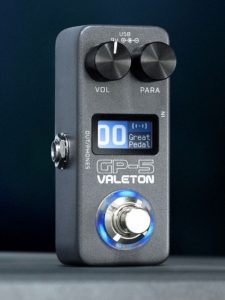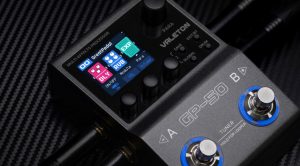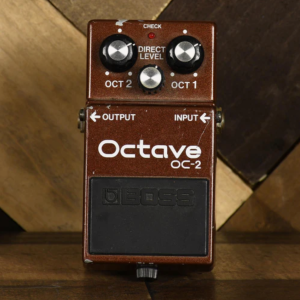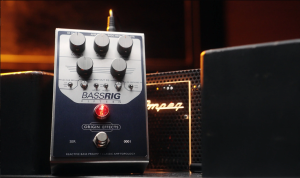A Transparent and Versatile Tool for Precision Tone Control
We begin this review with an interesting fact: do you know the difference between the MXR M87 and the M76?
Surprisingly, there isn’t one—aside from the name! Guitarists love the sound of the M87 (since it’s based on the classic 1176 compressor), but many dislike that it says “BASS” on the chassis. To accommodate them, MXR created the M76, essentially a rebranded version of the same pedal!
First Impressions
At first glance, beyond the standard input, output, release, attack, and ratio controls, what immediately stands out is the row of LEDs for metering.
Compression can be difficult to hear, so having a visual aid is extremely helpful, especially for those new to using compression. Many compressor pedals lack this feature, making the MXR M87 a standout option right away.
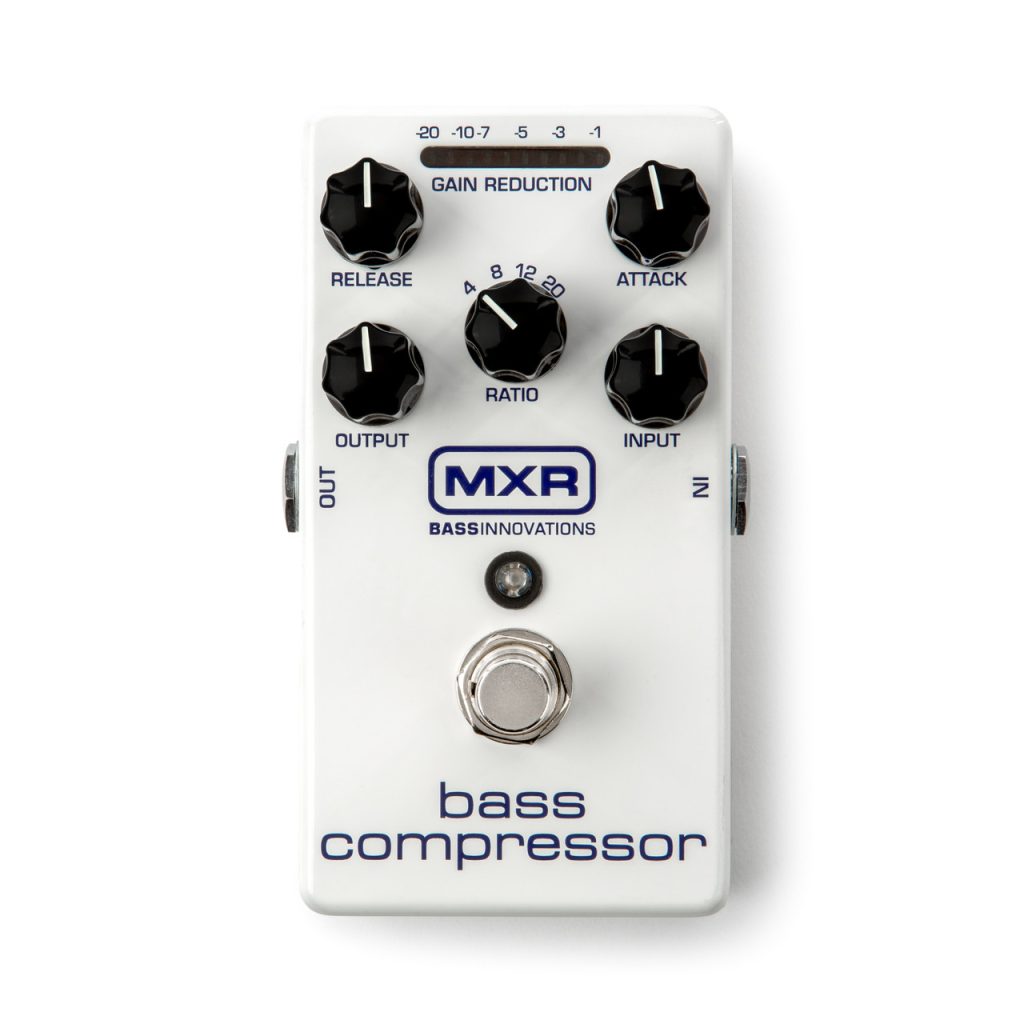
Total Control Over Compression
We’ve just mentioned the basic controls, but in today’s market, it’s rare to find a pedal that gives you full manual control over all key compression parameters. Many modern compressors have fixed ratios or rely on predefined attack/release algorithms, limiting a player’s ability to fine-tune their sound. The M87, however, offers full control, making it a powerful tool for those who want precise adjustments.
Sound and Performance
The MXR M87 does not cut highs or lows, ensuring a full-range, balanced sound. It has relatively low noise, though it’s not a completely silent pedal—like most compressors. The tone is clear and dry, not entirely transparent, but very close. Players looking for purely transparent compression will likely be satisfied with the M87. However, those searching for added tonal coloration or “magic” might be disappointed, particularly given the pedal’s 1176 heritage, which is often associated with a more vintage, colored compression.
Control Overview
- Gain Reduction Meter: Displays the level of compression applied to your signal in real time.
- Attack: Adjusts how quickly the compressor engages after detecting a peak.
- Release: Determines how fast the signal returns to its uncompressed state.
- Output: Controls the overall volume and compensates for any loss due to compression.
- Ratio: Sets the compression strength, from mild 4:1 for fattening your sound to extreme 12:1 and 20:1 for hard limiters—great for slap bass or aggressive playing styles.
- Input: Adjusts the gain level of the incoming signal, helping match different basses or playing styles.
Conclusion
The MXR M87 Bass Compressor is a high-quality, clean compressor with exceptional control and useful metering features. It offers near-transparent compression without significantly altering your tone. While it might not provide the “mojo” or warmth of vintage compressors, its versatility and precision make it a fantastic option for players who want full control over their compression settings. If you’re after a clean, professional-grade compressor that delivers consistent and reliable performance, the MXR M87 is a top contender.

